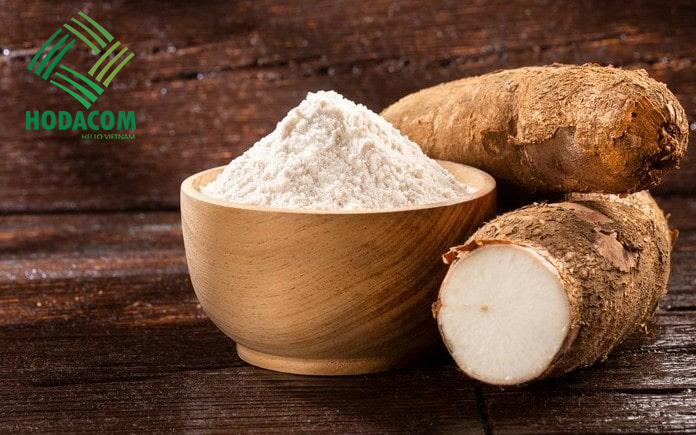HOANG DANG PROCESSING FOODSTUFF CO., LTD
Add : No.1/2 Tan Hung STR., Vinh City, Nghe An Pro., Viet Nam
Tel : +84.238.3521.146 *Hotline: +84.852.767658
Web : hodaco.com.vn * Email : thuha.nguyen1@gmail.com
Add : No.1/2 Tan Hung STR., Vinh City, Nghe An Pro., Viet Nam
Tel : +84.238.3521.146 *Hotline: +84.852.767658
Web : hodaco.com.vn * Email : thuha.nguyen1@gmail.com
 Vietnamese
Vietnamese English
English















